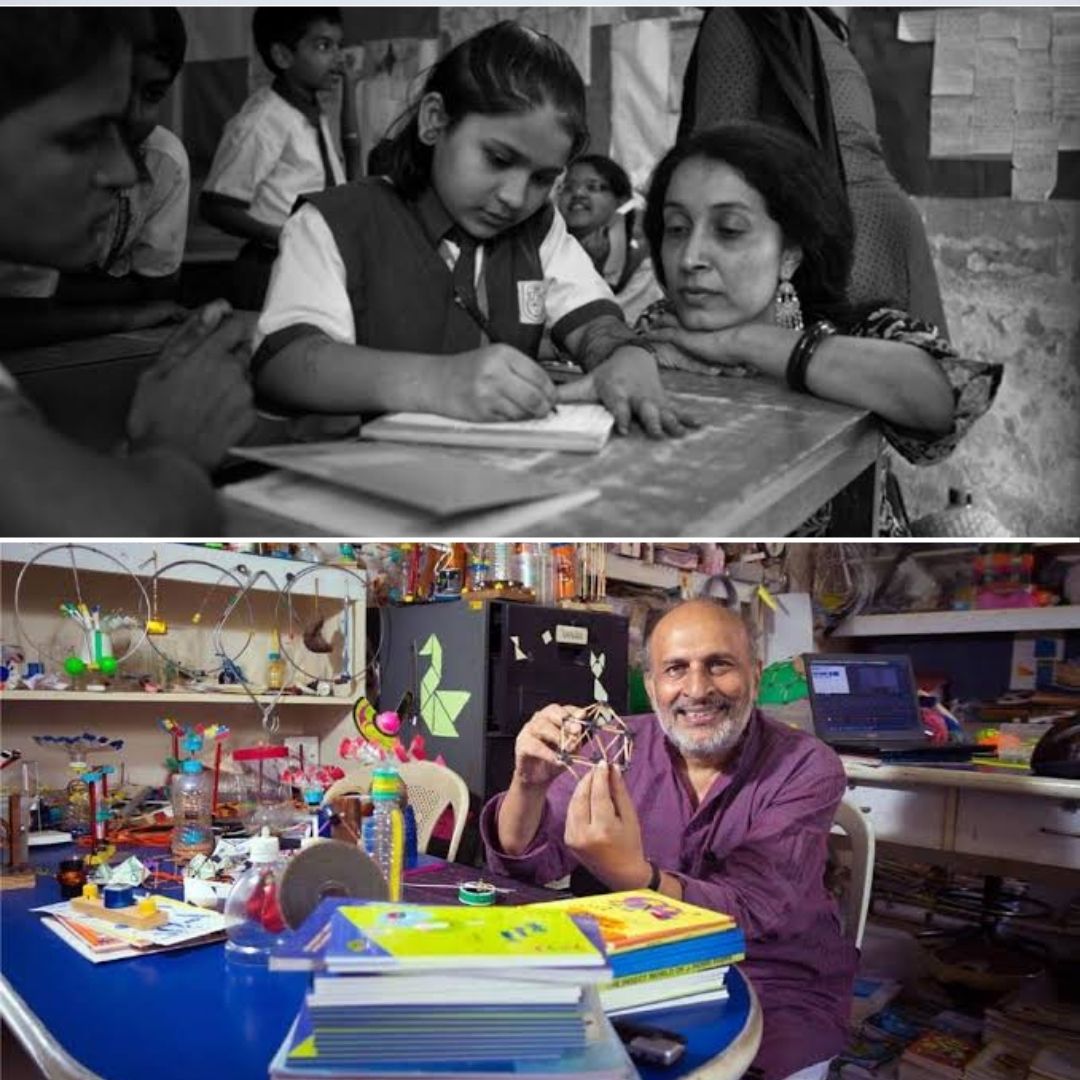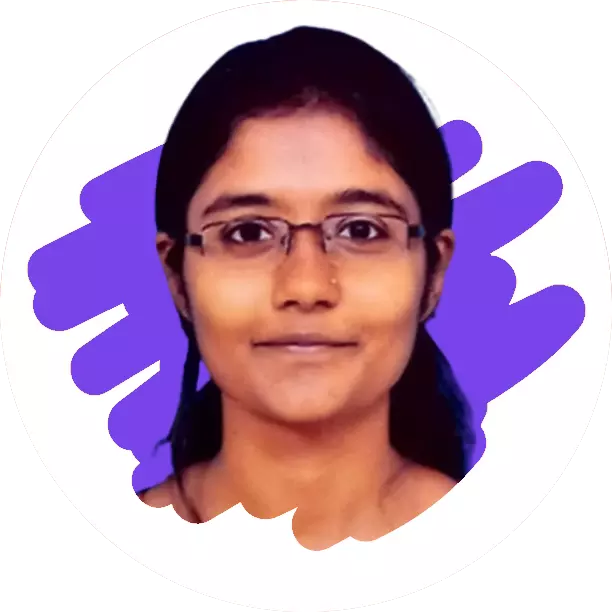On International Literacy Day, Here Are 5 Educators Who Proved Learning Goes Beyond Classrooms
Writer: Laxmi Mohan Kumar
She is an aspiring journalist in the process of learning and unlearning many things. Always up for discussions on everything from popular culture to politics.
India, 8 Sep 2022 7:20 AM GMT
Editor : Snehadri Sarkar |
While he is a massive sports fanatic, his interest also lies in mainstream news and nitpicking trending and less talked about everyday issues.
Creatives : Laxmi Mohan Kumar
She is an aspiring journalist in the process of learning and unlearning many things. Always up for discussions on everything from popular culture to politics.
On International Literacy Day, here are few educators from India who proved that learning does not have to be limited within the four corners of a classroom and reimagined the conventional education system.
International Literacy Day is observed annually on September 8 by the United Nations Educational, Scientific and Cultural Organization (UNESCO), along with the member states, their governments and local communities. Literacy continues to be a factor with which the development of many nations and their people gets scaled, and despite the many advancements, more than 770 million people worldwide are said to lack basic literacy abilities. With the pandemic, the issue deepened further as many students dropped out and were unable to physically attend school.
In regard to this, the theme for this year's Literacy Day is "Transforming Literacy Learning Spaces," which hopes to reevaluate learning environments and ensure "high-quality, equitable, and inclusive education for all". In India, many educators have been known to break down conventional teaching ideas and go beyond classrooms to make education accessible for many. Their efforts in making learning an enjoyable process without much traditional educational infrastructure continue to be a game-changer that builds a hopeful tomorrow.
Sugata Mitra
Sugata Mitra is a renowned computer scientist and educational theorist who envisioned the widely cited educational experiment - "Hole in the Wall". He had an illustrious career as a professor at multiple famed universities such as NIIT Rajasthan and Newcastle University in England.
The Hole in the Wall experiment was a groundbreaking one that proved that children could be taught anywhere without any formal training. In this project, he placed a computer in a wall booth in the slums of Delhi, which could be used freely by the children. It expanded from one hole in the wall to about 23 kiosks across rural India. He was able to introduce a free and minimally invasive education (MIE) format, which promoted a learning experience in unsupervised environments, as per Wikipedia.
It was then adopted as a cooperative educational program with the NIIT and the International Finance Corporation to cover more than three lakh children from rural India and several African countries. Post this initiative, he also started several Schools in the Cloud where many children could receive education online.
Shaheen Mistri
The visionary behind the Teach for India program and the Akanksha foundation, Shaheen Mistri worked for a future that enabled a "day all children will attain an excellent education". Thousands of children from economically weaker backgrounds were enrolled under her fellowship program, which posted trained graduates and professionals in under-resourced or low-income schools. Her non-profit organisation also works in close coordination with low-income communities under the "School Project" model to provide high-quality education.
Sanjit Roy
Sanjit 'Bunker' Roy is the founder of the famous Barefoot College, which promoted an education programme that worked with childhood development in rural areas. The lessons varied from reading, writing, to accounting to adults, children, and the "drop-outs, cop-outs and wash-outs". In this way, it functioned differently from the conventional school system and built upon a practical learning approach that accommodated the many students in the community.
Apart from developing literacy, it also inculcated several traditional skills which would be useful for them in the longer run.
The college conducted classes in the evenings as well to incorporate students who work during the morning hours to support their families. The initiative, which began in 1975, had several girls outnumbering the boy students who attended classes. In 1997, the school also marked its legacy with a student Kamala Devi becoming the first female solar engineer trained by the college's programs. She continued to work with the college and also headed the solar unit at Kadampura, Bihar.
For his contributions, Bunker Roy was recognised heavily and was also selected as one of the hundred most influential personalities by Time 100 in 2010 for his works in educating the illiterate and semi-literate rural Indians.
Dr Madhav Chavan and Farida Lambay
Founders of the Pratham initiative, Madhav Chavan and Farida Lambay, developed a low-cost model of bringing education to the underprivileged by incorporating high-quality teaching strategies within the anganwadis and government schools. Over time, they also introduced adult literacy classes for mothers and a second-chance program for dropouts.
Under the initiative, they also brought about campaigns such as "Read India" to teach the basics of reading, writing, and mathematics. Collaborating with the municipal corporations and UNICEF, the model that started with one slum locality in Mumbai was replicated across 100 districts and 21 states in the country. They have been able to provide viable solutions and tackle key concerns such as a nonexistent preschool infrastructure in remote communities and lack of literacy beginning from three to 14 year-olds in underprivileged areas.
Arvind Gupta
Way before the pandemic struck, few educators had already realised the potential of an open platform such as youtube as a learning space. Among them was Arvind Gupta's channel, which had begun in 2008.
He made learning a lot more fun through practical and indigenous science experiments that simplified concepts for students. Coming with an experience in teaching science to many children in the tribal districts of Madhya Pradesh, he was able to cater to a larger group of students.
Apart from his expertise in science, he also happens to be a skilled toy inventor. Combining these two elements, he developed several utility-driven, low-cost teaching and scientific aids with locally sourced materials. His youtube channel and website host instructional videos and improvised models to the same that he has made available to people without copyright restrictions.
Using ordinary junk, he created products that appealed to many children and showed the many possibilities that lie around us.
Also Read: Known As 'Khaaki Waale Guruji', This Cop From Ayodhya Is A Teacher For Many Underprivileged Children
 All section
All section















